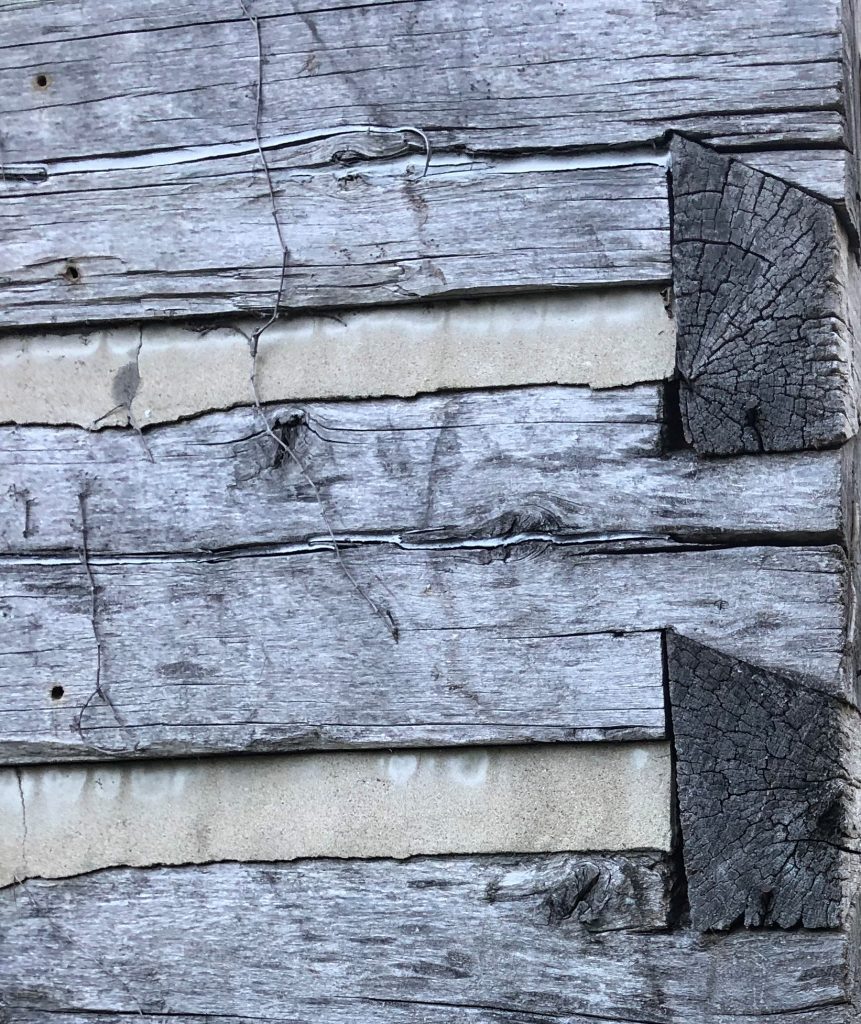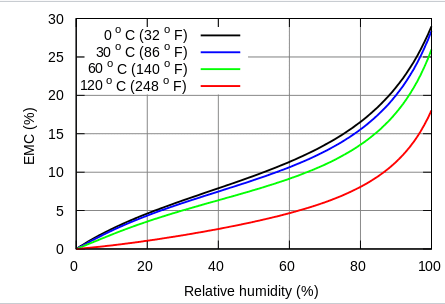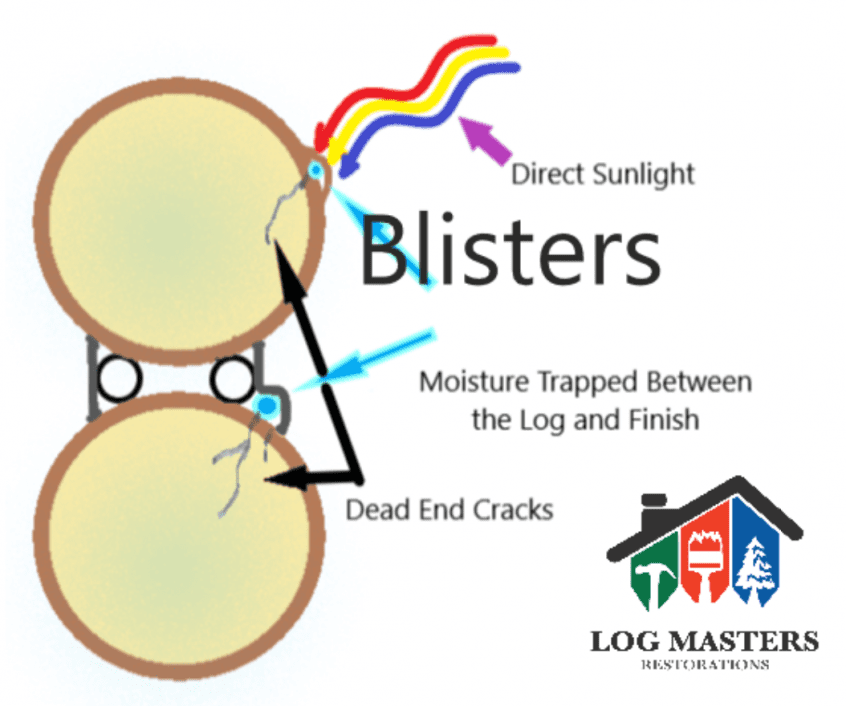You have probably asked yourself if using a clear finish instead of a stain is possible. This is because you love the look of your blonde or caramel-colored logs. It’s so beautiful as is. However, you also value a healthy, low-maintenance cabin that will last as long as possible before needing maintenance. If you have yet to consider this, you should.
Also, you may be wondering, “How will a log home stain affect my wallet and the appearance of my pristine log cabin?” Furthermore, you are concerned about the possibility of your log house being ruined by an unnatural and ugly stain that you will grow to dislike. These are typical concerns. You are not alone.
Budget Conscience
In almost all situations, the customer, like you, strives to be a good steward of their money. You may have done your research and noticed the cost difference. You would like to know what is best for your cabin as well. Having said that, it’s important to understand what is ideal for your log chalet. In this article, you will read about:
- Stain or Clear Finish on Your Log Home
- Sun’s UV Rays Damage Logs
- Logs Blister, Crack, and Peel
- Equilibrium Moisture Content (EMC) for My Region
- Logs #1 Enemy
- Seek a Professional
Stain or Clear Finish on Your Log Home
Should I stain my log home or use only a clear finish? That is a great question with a slightly complex answer. There are multiple factors to consider, such as sun exposure & humidity levels in your area. Stains have the ability to protect against UV rays, which is not the case with most clear finishes. Some log cabin homeowners have considered no stain so they can enjoy the natural beauty of the logs.
However, if you only put a clear finish on your logs, you will likely discover you must keep reapplying the clear finish. Most of the clear finish you encounter do not protect against UV rays. UV ray protection is essential for the health of your log home. And here is why.



Sun’s UV Rays Damage Logs
The Sun’s UV rays can damage your cabin’s logs because their outer skin, the bark, has been taken away. The external bark shields against the Sun and changing weather conditions. Like your skin, when unprotected from UV rays, the logs can burn, blister, crack and peel. Have you ever seen a tree without bark? Gray, right? This is an indication of a “sunburn.”

Logs Blister, Crack, and Peel
Not only does the bark protect the tree from the Sun’s UV rays, but it also protects it from excessive water absorption and pests. The top part of the logs, which receive the most sun damage, is highly vulnerable to UV rays. As the logs blister and wood fibers crack and peel, the finish also peels, exposing your wood to increased moisture and UV rays. “Blisters?” you say. Yep. Blistering occurs when moisture attempts to escape but gets trapped under the finish. This often happens when the finish is applied too thick when the log’s Equilibrium Moisture Content (EMC) is higher than the humidity level in the area.
Equilibrium Moisture Content (EMC) for My Region

Regarding humidity levels in your area, they vary from region to region (click EMC regional table for parts of U.S. Dept. Of Agriculture – Forest Service). For instance, yearly, the EMC for Springfield, Missouri ranges from a low of 12.6, to 14.0 as a high. Conversely, Colorado Springs, CO, ranges from 9.1 to 10.4. It is essential to know your log home’s EMC if the logs were green when built. You can find out the moisture content of your logs using a Moisture Meter which you can pick up online from $45-$700.
If the moisture level is, or is above 20%, as the logs dry out, the moisture will move from the center outward, causing the water content to rise to the surface of the log (see the above picture, for example). If the finish (oil or water-based) is applied too thickly, it can trap moisture between the log and the finish. This causes problems with finish adhesion, generally appearing as blisters, cracks, and peeling. In this case, we recommend a penetrating finish that will allow moisture to escape.
Logs #1 Enemy
Moisture is considered the #1 enemy for any log home owner. Excessive water absorption can lead to mold, mildew, fungi, and internal log rot. Rot can spread from log to log quite quickly as it holds water, and anything touching it begins also to retain water. Log rot, left for a long time, can cause significant internal log damage that can go unseen on the exterior until something places pressure on it. Have anyone innocently put their hand against a log only to see their hand plunge into the log rot? Embarrassing! Read more about the Types of Log Rot on Cabins.
Rot Is Present

Once rot is present, you can guarantee it is vulnerable to pest who use it as a breeding ground for more of their kind. Hate them, but also appreciate them. Pests move in to return the log back to the earth, as God designed it in nature.
Nature’s Janitors
Pests, or “nature’s janitors”, like carpenter ants and termites, are professionals who work long hours for the earth as they turn fallen logs into fertilizer for the next generation of trees and plant life. Of course, with your log home, you want to avoid the natural order of things and keep them from thinking your log cabin needs their service. Read how you can Check for Log Rot and Insect Infestation.
Recommendations
Stain with UV ray protection like Perma-Chink Lifeline Ultra 7 or Sashco brand Transformation Stain is recommended and used often by professional log home builders to reduce maintenance needs. Lighter color stains exist to mimic the blonde natural look or more delicate appearance overall. With all the above said, we do not recommend the use of a clear finish in place of a stain as it offers little, if any, UV ray protection.
Seek a Professional
The most important thing is to maintain your log home and minimize the risk of damage over the years to come. Feel free to give us a call to speak with one of our professional Log Masters for more information on how to extend the life of your log home investment.

